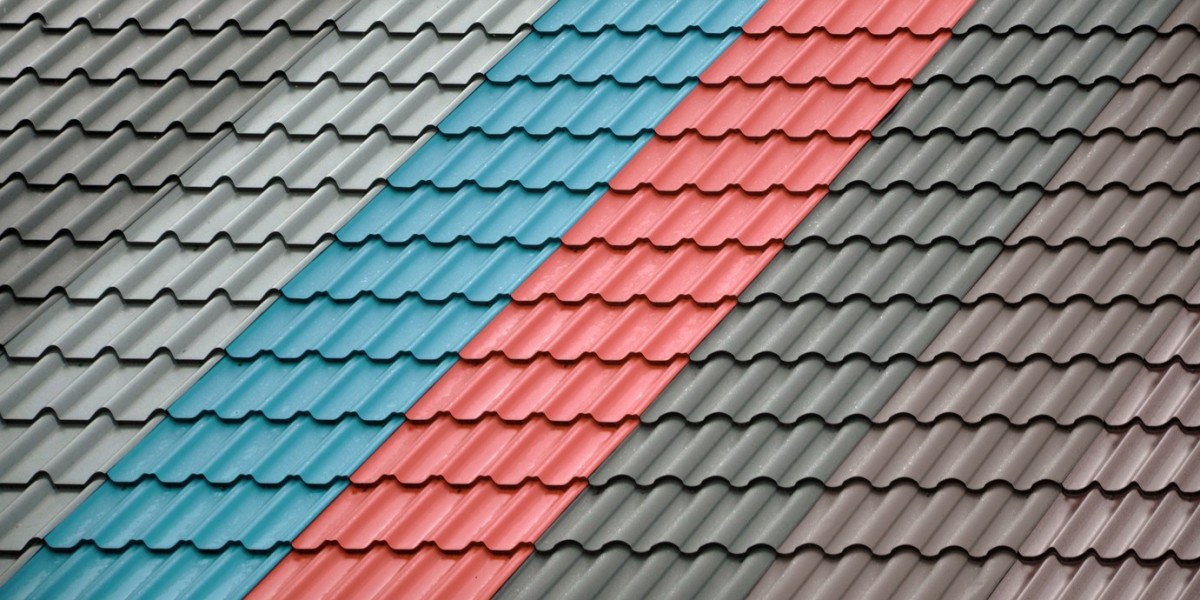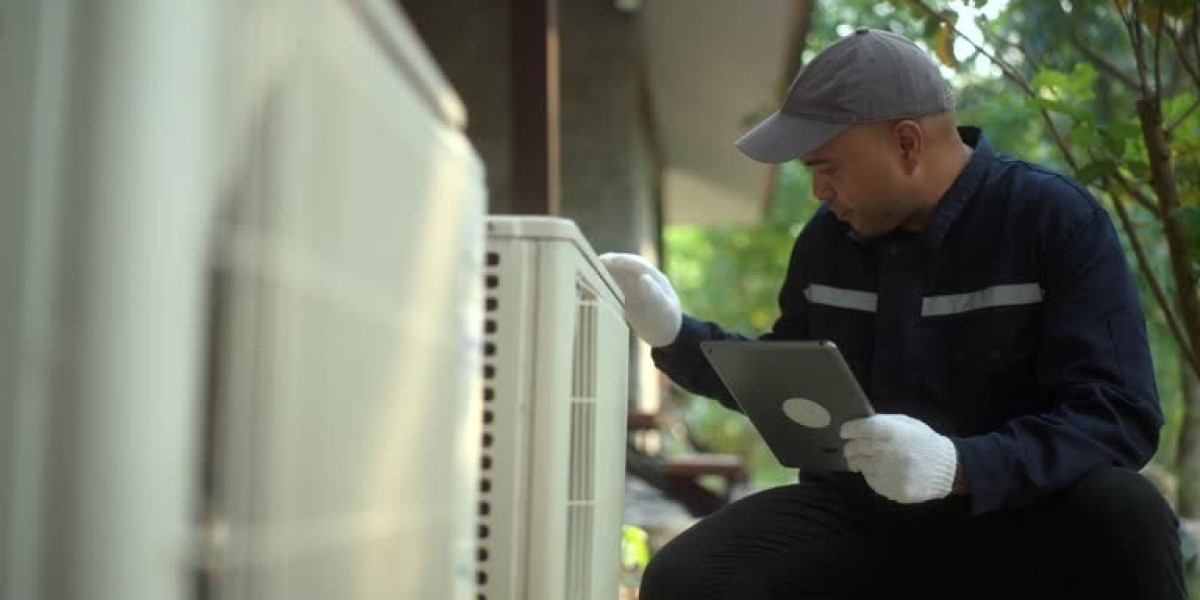Asphalt Shingles
Asphalt shingles are the most commonly used roofing material for residential homes. They are made from fiberglass or organic felt that is coated with asphalt. Asphalt shingles come in a variety of styles and colours to match any home exterior. Some key benefits of asphalt shingles include affordability, durability of 15-30 years and wide availability at most home improvement stores. Asphalt shingles are also lightweight and can be installed over most roof decks like plywood or oriented strand board (OSB). Asphalt shingles are available in three grades - economy, standard and premium based on thickness of materials. Higher grades offer increased impact resistance and longer lifespan. Installation of asphalt shingles is also a fairly simple process that can be completed by most homeowners.
Metal Roofing
Metal roofing like steel and aluminium are durable roofing options known to last 50 years or more if properly installed and maintained. Metal roofs are lightweight yet very durable and strong. They are completely fireproof and add substantial curb appeal to any house. Metal roofs are also energy efficient as the reflective surface bounces sunlight away from the roof reducing heat absorption inside the attic. Their longevity alone makes them a cost-effective choice over time compared to asphalt shingles that need replacing every 15-30 years. However, metal roofing has a higher upfront material and installation cost than asphalt shingles. Their strong winds resistance also makes them a good choice for hurricane-prone areas. Common metal roofing options include steel, copper, aluminum and terne coated stainless steel.
Clay and Concrete Tile
Clay and concrete tiles are elegant, durable and fireproof roofing choices considered amongst the highest quality natural roofing materials. They lend a Mediterranean charm and curb appeal to homes. However, the high upfront costs and complex multi-day installation process by professional roofers makes clay and concrete tiles suitable only for higher-budget roofing projects. When installed properly, clay and concrete tiles can last over 50 years with minimal maintenance requirements. Their heavy weight also makes them resistant to high winds and severe weather. Popular clay tile options include barrel, flat and S-tiles while concrete tiles have composite and slab designs. Proper ventilation and substrate preparation are crucial for longterm performance of clay and concrete tile roofs.
Wood Shakes and Shingles
Cedar shakes and shingles are attractive, natural roofing choices but require more maintenance than other options. They lend a warm, rustic appeal and complement cabin, cottage or country-style homes. However, wood is a much less durable material than asphalt, clay or metal roofing. Wood shakes and shingles may only last 15-25 years depending on the climate exposure before needing replacement. Regular re-staining is also required every 3-5 years to prevent drying, cracking or algae/fungus growth issues. Susceptibility to fire hazards is another downside to wood shakes unless properly and regularly treated with fire retardants. Proper ventilation to allow moisture escape is also critical to prevent wood rot issues. High material and installation costs further limits the feasibility of wood shakes and shingles for longterm use on most residential homes.
Green Roofing Options
Sustainability is a growing concern and many new environmentally friendly or "green" roofing choices have emerged in the market like vegetated or eco-roofs. Vegetable or moss roofs purposely grown over waterproof membranes not only beautify homes but also provide ecological benefits. Their living plant cover helps retain storm water runoff, provides insulation to reduce energy costs, filters air pollutants and creates a habitat for local wildlife. Special root barriers, drainage systems and lightweight soil/plant mixing media allows vegetative roofs to thrive even on flat or slightly-pitched roofs. However, extensive planning, stringent maintenance needs and higher startup costs currently limits mainstream adoption of green roofs suitable only for new construction or major re-roofing projects. Solar roofing made with photovoltaic shingles or tiles is another emerging green option that generates renewable energy while functioning as an attractive roofing system.
Deciding the Right Roofing Material
Factors like budget, design preferences, climate suitability, energy efficiency goals,roof pitch and moisture runoff capabilities need evaluating to select the most appropriate roofing material for any project. Consulting with local roofing contractors experienced with different product pros and cons helps narrow the choices. Factoring in true life-cycle costs accounting for material lifespan, maintenance requirements and potential energy savings further aids sound comparisons. Understanding applicable building codes and homeowners association approvals may also impact the decision process. Overall roofing system design integrating proper substrate preparation, underlayment, ventilation and flashing details influence longterm performance regardless of surface material choice. With careful evaluation and high quality installation, a variety of natural and man-made roofing options suitably serve varied residential and light commercial buildings.
Search
- Friendly Websites www.wsisw.com www.bybit.com www.temu.com www.ebay.com www.adsy.com www.iherb.com www.whmcs.com www.secsers.com www.cambly.com www.binance.com www.displate.com www.magenet.com www.gainrock.com www.seoclerks.com www.aliexpress.com www.freelancer.com www.rankranger.com www.wehaveoffer.com www.qrmenutable.com www.coinpayments.net www.linksmanagement.com
Popular Posts










